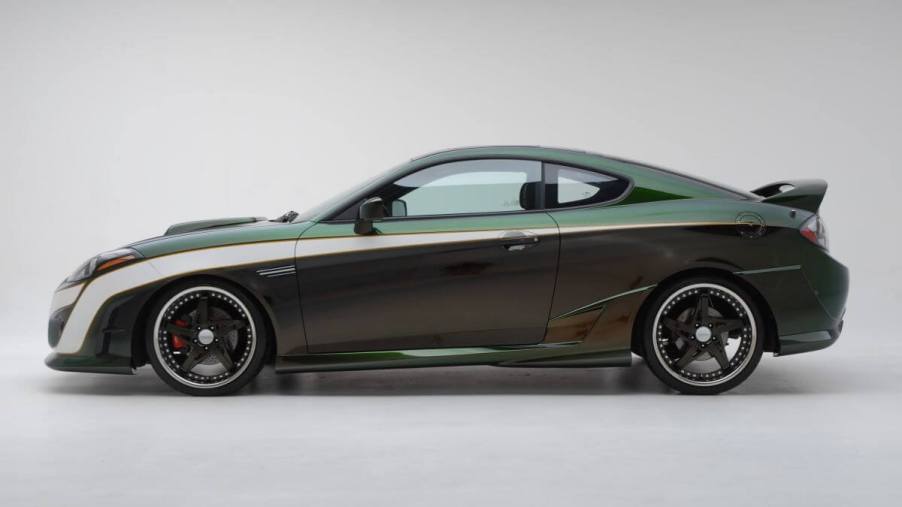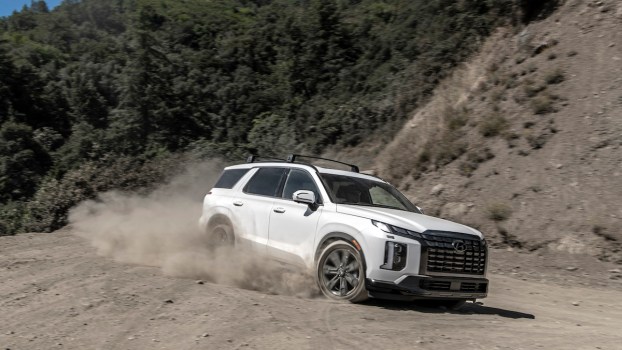
What Is Hyundai Mobis, and What Does It Do?
Automakers are racing to develop the first true autonomous car, and things are getting interesting. While many cars can drive without the driver having their hands on the steering wheel at all times, no vehicle can truly drive independently without a driver’s input. However, Hyundai may be a step closer with new technology called the Mobis Parking System that does the parking for you. Or does it?
What is Mobis?
MOBIS is Hyundai’s automotive parts maker. It focuses its time on developing new technology, such as autonomous driving, electrification, and connectivity features, according to the Hyundai Motor Group.
One of its more recent projects was the development of the Mobis Parking System (MPS-E). The Hyundai Motor Group reports the MPS-E is designed for drivers who are uncomfortable parking in tight spaces, such as alleys. It combines three very important features to help drivers safely park in spaces that would normally fray their nerves. These include Narrow Space Assistance, Reverse Assistance, and Remote Smart Parking Assist.
To do this, each vehicle equipped with MPS-E gathers data from 12 ultrasonic sensors and four video cameras.
Parking Collision-avoidance Assist – Rear (PCA-R), 3D Surround View Monitor (SVM), and Remote Smart Parking Assist (RSPA) are already available on many models, but Narrow Space Assistance and Reverse Assistance will help take autonomous parking to the next level.
To work, the Narrow Space Assist feature needs a free space of 40 cm on each side of the vehicle’s body. Another way to look at this is 15.75 inches, or a little over a foot. The Reverse Assistance feature tracks a route and then carefully follows it. To activate these features, you simply press a button on the steering wheel.
How does Remote Smart Parking Assist (RSPA) work?
The RSPA feature has been out for a few years now. Hyundai Mobis advertises it as a system that can help with parallel and perpendicular parking. For many people who don’t live in a busy city, these are skills that aren’t fully developed, so this feature is extremely helpful.
It is activated by pressing a button on the key fob. The car can move 23 feet in either direction as parking sensors detect any objects in both the front and rear of the vehicle. It can tell if there are any moving objects, or if they are still, to help assist with proper parking. Then, the electronic gear shifter and steering work in tandem to park.
Is the Hyundai Mobis Parking System a gimmick?
While a self-parking car is really cool, a few drawbacks to RSPA make it less than ideal. The main problem is that it can only move forward and backward. As anyone who has spent any real time behind the wheel knows, you rarely end up in a situation where you don’t have to maneuver a little bit, at least to get into position before parking.
It also takes a full 30 seconds to park. While this may not seem like a long time, when you’ve got other drivers who are eager to claim the same parking space, this could lead to problems.
Because of this, the “smart park” feature is a little lackluster. It’s very cool in theory but isn’t all that practical.
Whether the MPS-E is a gimmick remains to be seen. With the added features, it will help eliminate the issues that plague RSPA. We’ll just have to wait to try this new tech out for ourselves to see if it functions as advertised or is too good to be true.



